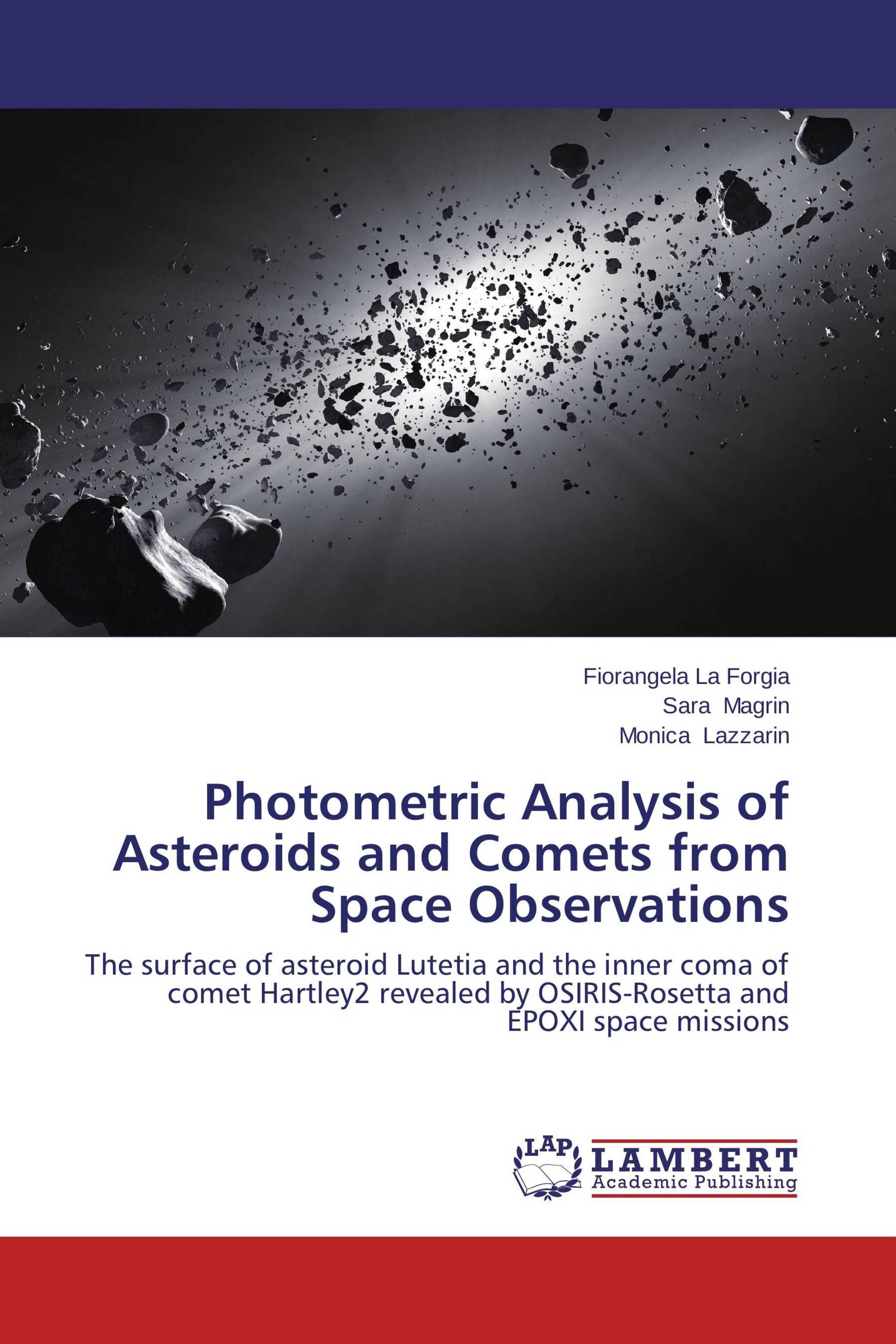Photometric Analysis of Asteroids and Comets from Space Observations
The surface of asteroid Lutetia and the inner coma of comet Hartley2 revealed by OSIRIS-Rosetta and EPOXI space missions
€ 55,90
The European space mission Rosetta, during its 10 years journey to the comet 67P/Churyumov-Gerasimenko, on 10 July 2010 made an intermediate stop flying close to the asteroid 21 Lutetia and observed it from varying viewing angles, otherwise inaccessible from Earth. Less than four months later, on 4 November 2010, the NASA EPOXI mission offered another unexpected opportunity approaching the small hyperactive Jupiter-family comet 103P/Hartley 2, a few days after its perihelion passage. Those encounters provided an exceptional possibility for the advance in understanding our Solar System formation and history. Asteroids and comets are indeed the unique left samples of the primordial planetesimals that accreted in the original solar nebula. They are therefore key bodies for understanding the conditions and the processes occurred during the Solar System initial formation phases. The principal aim of this thesis is therefore to provide an advance in the small body science through the photometric analysis of high-resolution observations of the surface and the gas inner coma of an asteroid and a comet respectively, obtained by the mentioned two space missions.
Book Details: |
|
|
ISBN-13: |
978-3-659-67597-3 |
|
ISBN-10: |
3659675970 |
|
EAN: |
9783659675973 |
|
Book language: |
English |
|
By (author) : |
Fiorangela La Forgia |
|
Number of pages: |
220 |
|
Published on: |
2015-02-04 |
|
Category: |
Physics, astronomy |
